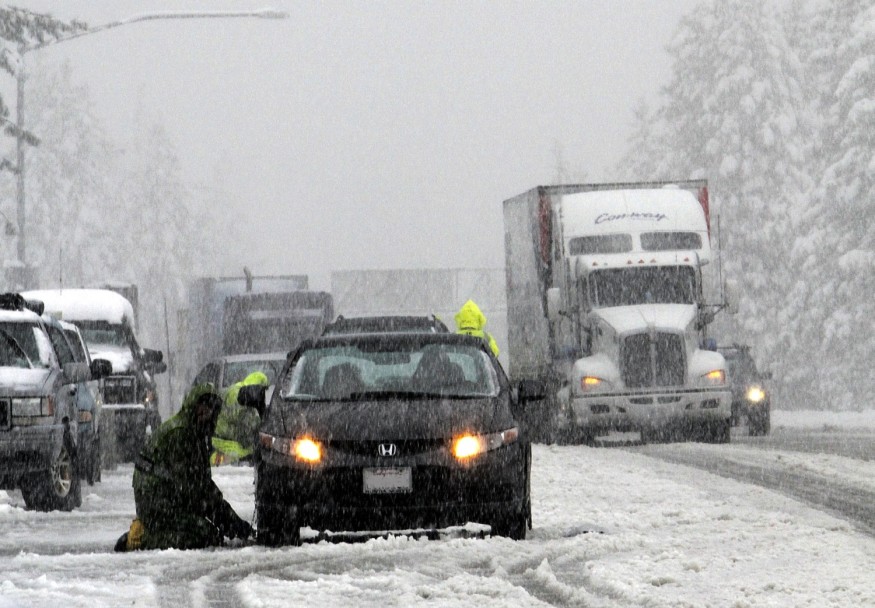A winter storm warning was issued by the National Weather Service (NWS) for the Pacific Northwest region of the United States on Thursday, November 30, bringing the risk of dangerous travel conditions due to heavy snow and gusty winds.
These weather hazards may continue until the weekend, a week after the weather service also issued the same winter storm alert in the region.
Winter Storm Warning

The NWS on Thursday morning issued the winter storm warning for the region that includes the states of Washington, Oregon, and California, highlighting that winter weather hazards can occur both on low-lying and high-altitude areas. The warning consists of varying alerts for several areas which are valid either until Friday, December 1, or Sunday, December 3.
Under the current winter storm alert, the weather service warned that hazardous conditions could impact travel as early as Thursday morning. A winter weather advisory is also in effect in different parts of the region, where snow accumulations could reach several inches. This hazard is most likely in the higher terrain of the Blue Mountains.
Potential Disruption
The lingering winter storm over the Pacific Northwest could result in localized travel disruption, including delayed or cancelled flights. Blowing snow and strong winds may also damage power lines, leading to widespread power outages, as reported before in similar weather events.
The NWS recommends that individuals should take precautionary measures when traveling, such as keeping extra food, water, and flashlight in their vehicle in case of an emergency. In addition, it advised the public should considered delaying all travel.
Unless necessary, drivers are advised to take extreme caution and consider bringing items like: storm kit, tire chains, booster cables, shovel, blankets, first aid kit, and extra clothing, according to the US weather agency.
What Classifies a Winter Storm?
A winter storm is a life-threatening weather event, characterized as a combination of heavy snow, blowing snow, and/or dangerous wind chills, according to the National Oceanic and Atmospheric Administration (NOAA). This weather phenomenon is often associated with the winter season both in the northern hemisphere and southern hemisphere, even before and after the said annual season, in some cases.
There are various weather hazards or kinds of winter storms observed by meteorologists. For instance, blizzards are dangerous types of winter storms that consist of blowing snow and wind that results in very low visibilities. In addition, an ice storm is another winter storm that causes the accumulation of at least 0.25 inches of ice on an exposed surface.
Furthermore, we have lake effect storm or lake effect snow which is defined as a cold, dry air mass that moves over the Great Lakes regions, causing a heavy precipitation of snow in its immediate surroundings. Lastly, a snow squall can also be classified as a winter storm since it is an intense snow shower accompanied by strong, gusty winds, the NOAA states.
© 2025 NatureWorldNews.com All rights reserved. Do not reproduce without permission.





